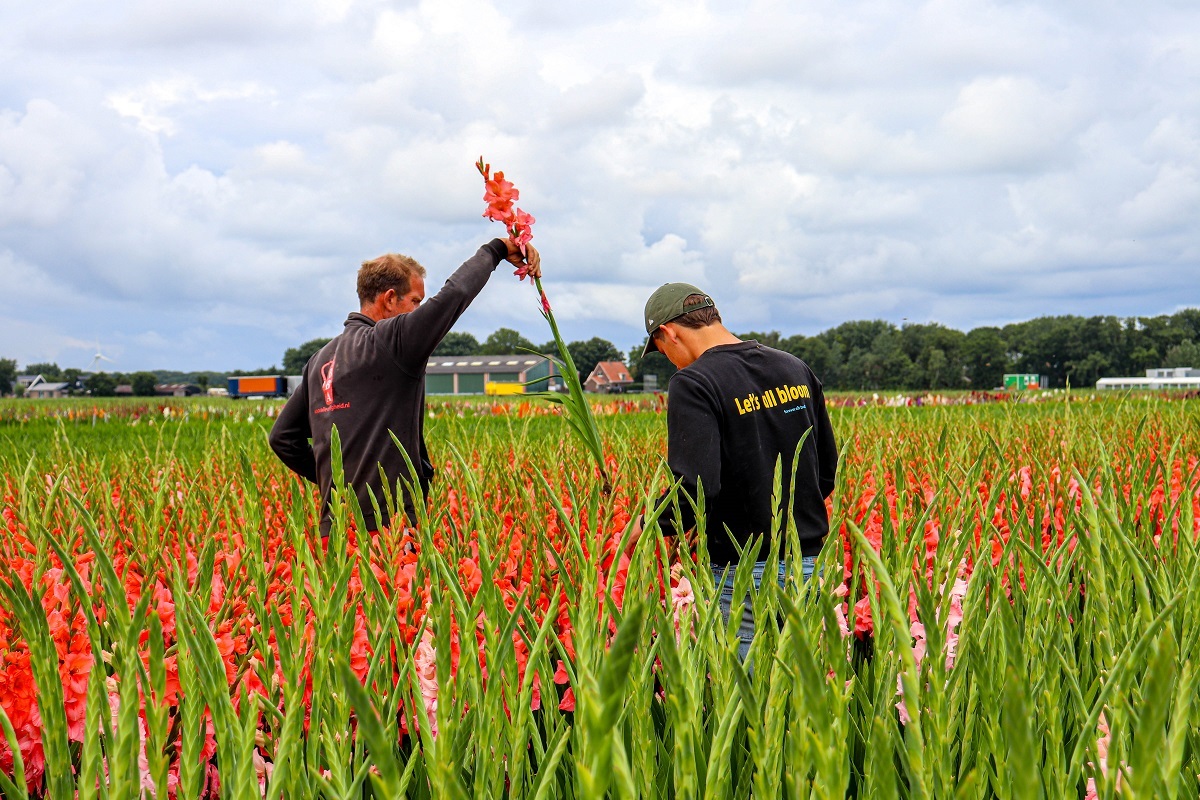Published on 31-10-2024

Around the corm of the gladioli, smaller structures form. They’re called cormels. Gladioli are cultivated over two-year cycles. Each cycle has three stages: from cormels, to planting stock, to mature bulbs. The circle of cultivation.
In the fall, gladioli are harvested, corm and all. After the corms have been rinsed, dried, and matured, the cormels are twisted off, heat-treated, and stored. Cormels are planted in spring.
Because the cormels are so small and situated at the bottom of the mother corm, they are vulnerable. During harvesting, transport, or washing of the gladioli, cormels may fall off. If these cormels end up in the wrong batch, a deviation occurs (vermenging in Dutch).
To prevent deviations as much as possible, we take the following measures:

All these measures ensure minimal deviations. However, such a small cormel is feather-light and lightning-fast and could even escape the keen eye of our experienced staff. If mixing does occur, we ensure that this batch is purified.
We plant the batch and allow the gladioli to bloom at their own pace. Then, the flowers are inspected one by one. The false flowers (deviations) are removed from the ground along with their corms and cormels. The purebred gladioli are topped at that same moment, so that the energy no longer goes to the flower but to the growth of the bulb and the production of cormels.
Usually, the purification batches are harvested at the end of August. This is carefully done by hand because you want to keep these freshly purified batches pure. After harvesting, the they are thoroughly washed.
At the end of September, the first processing takes place via the hedgehog belt, a belt with special nubs that separates the cormels from the bulbs. The cormels are stored until they are sorted by size after Christmas. The bulbs go into storage.
Purification is a real must if you want to have purebred bulbs. Not the easiest way, but in our opinion certainly the best, and of very great importance.
Do you want to know more about gladioli cultivation? Then read our blog 'From cormel to flower'. We share the 'ins & outs' of our breeding in the blog 'Gladioli breeding: crossing and developing new varieties’.
Take a look behind the scenes at Forever Bulbs, by following us on Facebook and/or Instagram, where you’ll find a glimpse of our employees, processes, and products.